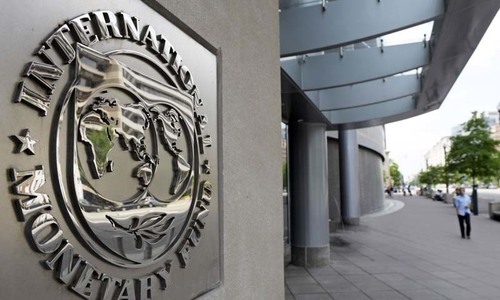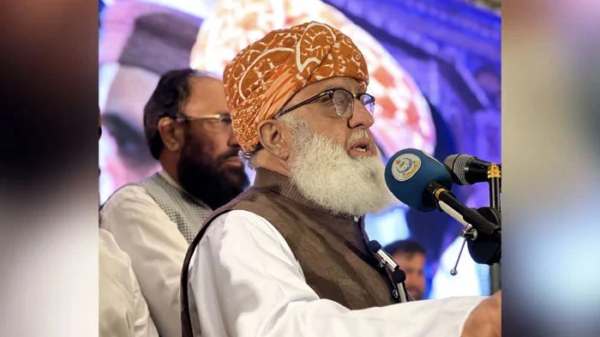The International Monetary Fund (IMF) on Tuesday warned that the worst was yet to come as it further cut its projection for global economic growth to minus 2% amid persistently increasing inflation.
The global lender of last resort projected Pakistan’s GDP growth rate at 3.5 percent and inflation at about 20 percent in its World Economic Outlook (WEO) 2023 – Countering the Cost-of-Living Crisis with the caveat that “the 2022 projections for Pakistan are based on information available as of the end of August and do not include the impact of the recent floods.”
The fund forecasted Pakistan’s current account deficit at 2.5 percent of GDP for the current fiscal year, down from 4.6 percent last year, and the unemployment rate at 6.4 percent on the same basis. Therefore, all of these projections are based on dated information that has drastically changed over the past two weeks. The Asian Development Bank estimated Pakistan’s growth rate to be 3.5 percent late last month, compared to the World Bank’s projection of 2 percent last week.
According to the IMF, its projections call for global growth to decline from 6 percent in 2021 to 3.2 percent in 2022 and then further to 2.7 percent in 2023, which is 0.2 percent below the July forecast, with a 25 percent chance that it will dip below 2 percent.
The three greatest economies—the United States, the European Union, and China—will continue to stagnate, while more than one-third of the world economy will contract this year or the following year. It said that Russia’s invasion of Ukraine was still seriously destabilising the world economy and that “in short, the worst is yet to come.”
The fund urged international decision-makers to maintain their composure while storm clouds formed. It blamed the lasting consequences of three strong forces—the Russian invasion of Ukraine, a cost-of-living crisis brought on by persistent and expanding inflation pressures, and the downturn in China—for the severe economic challenges the world economy is currently facing.
According to the WEO, worldwide inflation would increase from 4.7 percent in 2021 to 8.8 percent in 2022 before falling to 6.5 percent in 2023 and 4.1 percent by 2024. With more variation in emerging markets and developing nations, upside inflation shocks have been most common in advanced economies.
The fund recommended emerging market officials to batten down the hatches right away. IMF access to preventative instruments should be urgently considered by eligible nations with strong policies who want to increase their liquidity reserves. As too many low-income countries were in or on the verge of debt distress, the countries should also try to reduce the effects of upcoming financial instability by a combination of preventative macroprudential and capital flow measures, where appropriate.
The IMF stated that in order to prevent a wave of sovereign debt crises, the Group of Twenty’s Common Framework’s progress toward orderly debt restructurings for the most impacted was urgently required. Time could be rapidly running out.
Extreme summer temperatures and the energy and food crises, according to the WEO, serve as a vivid reminder to everyone of what an unchecked climate transition might look like. It went on to say that “a lot of activity is required to enact climate policies that will avert catastrophic climate change.”
The fund stated that the protection of vulnerable groups through targeted near-term support was the fiscal policy’s top objective in order to lessen the burden of the cost-of-living crisis experienced by people all over the world. But generally, it should maintain a restrictive enough posture to keep monetary policy on course. A significant improvement in debt resolution mechanisms is necessary to address the growing government financial distress brought on by slower growth and higher borrowing costs.
Macroprudential policies should continue to be on watch against systemic risks as financial conditions tighten. Supply limitations would be relieved by stepping up structural changes to boost productivity and economic capacity, which would also aid monetary policy in containing inflation.
On the other hand, the WEO emphasised that the outlook continues to be unusually vulnerable to downside risks. The ideal course of action for monetary policy may be miscalculated. The most developed economies’ divergent policy trajectories could result in greater strengthening of the US currency and increased conflicts between nations. Additionally, longer-lasting inflation may be brought on by increased energy and food price shocks. An increase in emerging market debt crisis could be brought on by global tightening of financial conditions.










